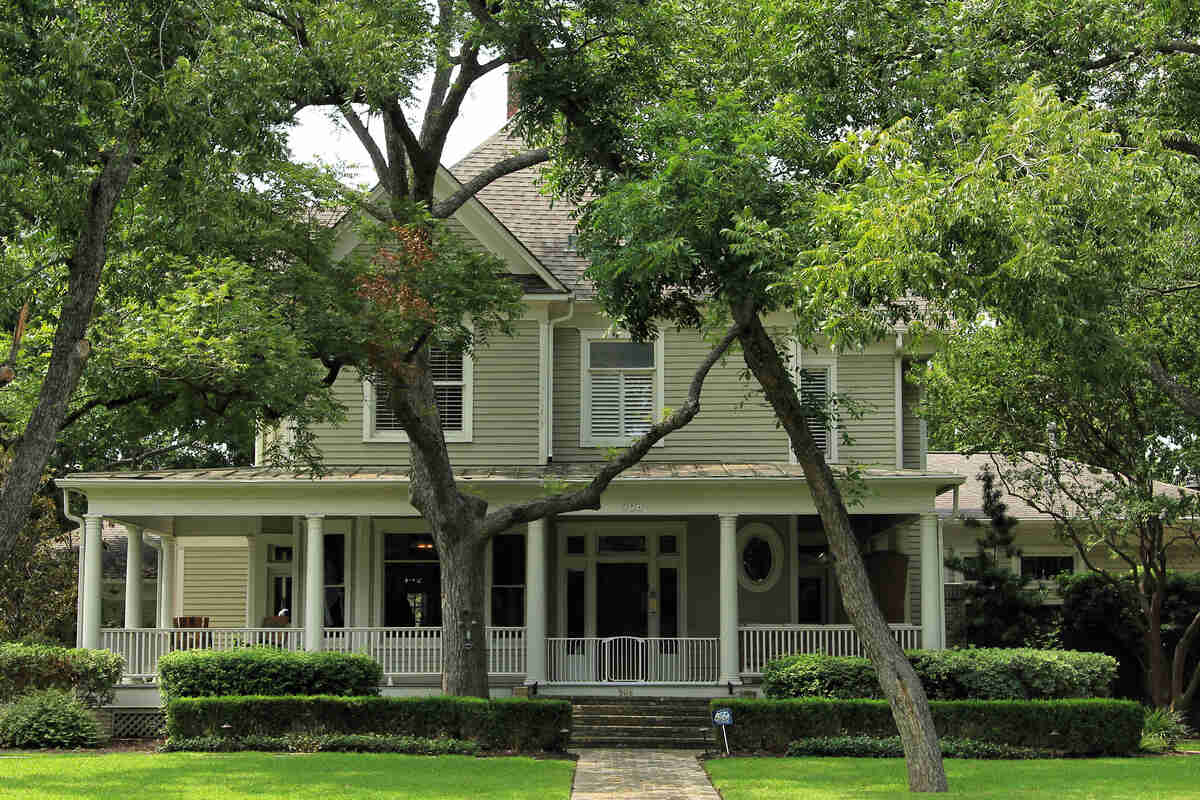
With our hot summers and water restrictions in Georgetown, xeriscaping and rock gardens are smart. Those are just two of nine low-maintenance landscaping ideas that will look great and won’t require hours of your time.
And native plants are the simplest way to create a beautiful yard with little work on your part. Let Mother Nature help you keep your yard looking great.
1. Native Plants
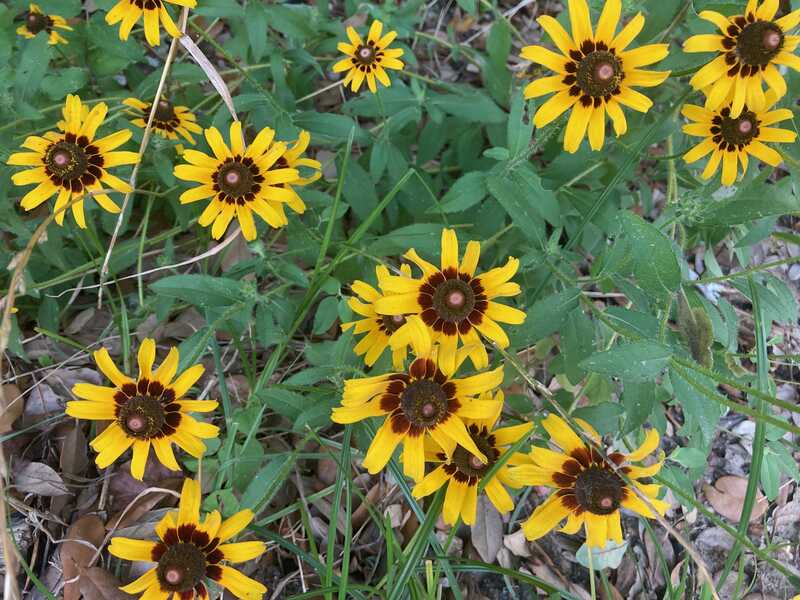
Photo Credit: Jeff Herman / LawnStarter
Native plants, such as these Texas native plants, save you energy, time, and money. Here’s how:
- Native plants have adapted to the local climate
- Pesticides or fertilizers are not needed to care for them
- Lower irrigation needs
- Native plants help restore natural habitats
Read More: 10 Benefits of Native Plants in Landscaping
Here are three of the best native plants for Central Texas:
- Black-Eyed Susan: These yellow, daisy-like flowers are very tolerant of Central Texas heat and attract butterflies when blooming in the summer
- Rock rose: Like black-eyed Susans, the rock rose makes a perfect ground cover in landscape gardens
- Yaupon holly: This evergreen can be grown as a shrub or as a tree, and has beautiful dark green leaves and bright red berries that attract birds.
2. Rock Gardens
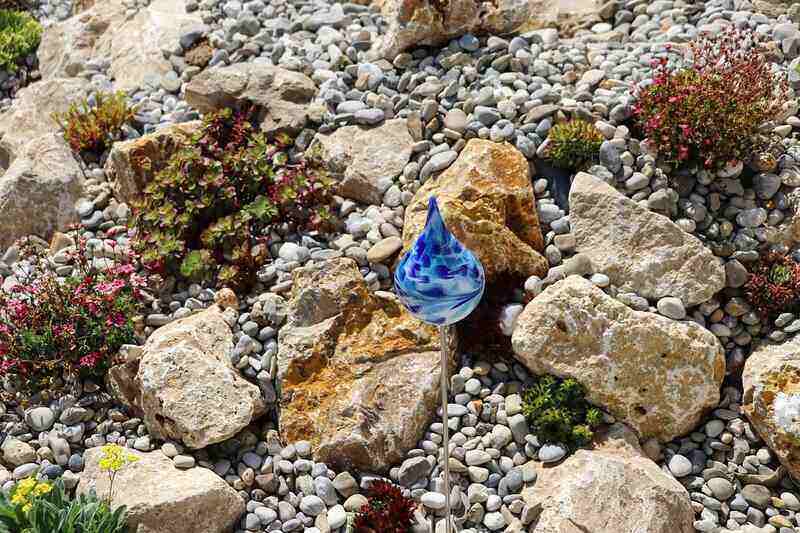
A rock garden is a form of low-maintenance landscaping using rocks, stones, and gravel.
To care for a rock garden you have to deal with only minor issues that are easy to fix:
- Stray leaves: As nearby trees shed their leaves, they might fall into your rock garden. Remove them with a leaf blower or a rake.
- Weeding: Weeds can grow even in rock gardens, so remove them as they appear. To make it harder for weeds to grow in your rock garden, use landscape fabric as a weed barrier between the soil and the rocks.
3. Xeriscaping
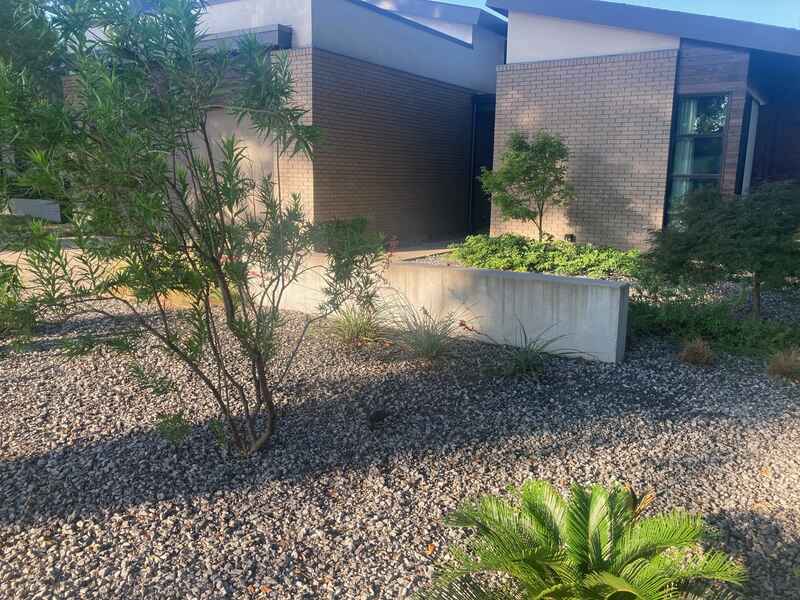
What is xeriscaping? Xeriscaping is landscaping with a dry twist. A front yard of rocks or gravel comes alive with strategically placed drought-tolerant plants and trees.
Advantages of xeriscaping:
- Eliminates the need for mowing, fertilizing, and herbicides
- Creates natural habitats for wildlife
- Helps save pollinators such as bees
The biggest effort is in considering various xeriscaping ideas to create your design.
If xeriscaping sounds like too much work for you — and you have a chunk of money — you can hire a pro. The cost for professional xeriscaping is around $17,000 nationwide plus $200 per hour of design work and $50 to $100 per hour for installation.
4. Mulch

Mulch is a low-maintenance landscaping idea because mulch reduces weeding, and that means less bending down to pull weeds or spraying weed killers.
Other benefits of mulch: Mulch prevents soil erosion, helps retain water, and makes your yard look beautiful. It adds a visual element to your landscape, while also benefiting your soil.
Georgetown Tip: The city of Georgetown offers curbside-collected yard trimmings processed into mulch for free to Georgetown utility customers who reside within the city limits.
(Caution: If using others’ yard trimmings as mulch, you may be adding pesticide residue to your lawn.)
5. Container Gardens
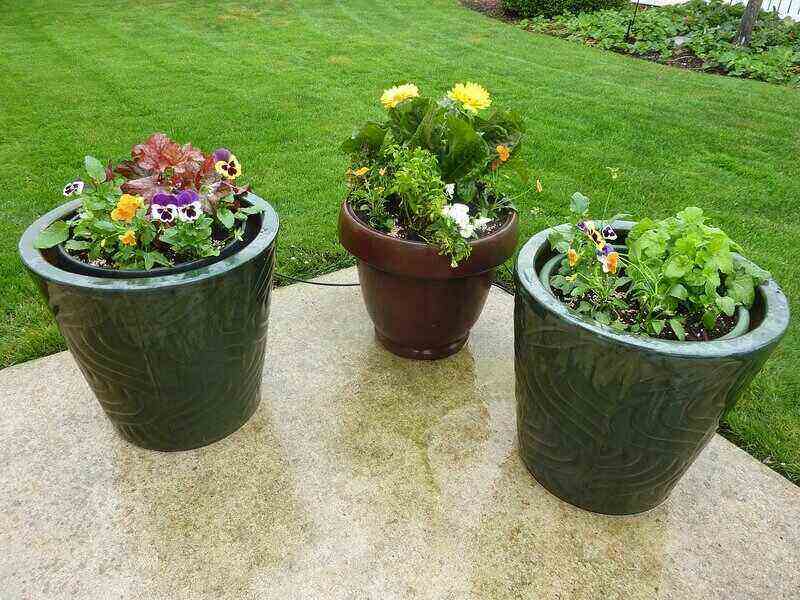
Container gardening simply means growing plants in a pot or other container. This is a big advantage if you have a small area or if you want to grow vegetables or herbs without making a garden out of your yard.
In your container garden, you can grow:
- Flowers
- Herbs
- Vegetables
- Evergreen shrubs
- Trees (yes, even trees)
6. Ground Covers
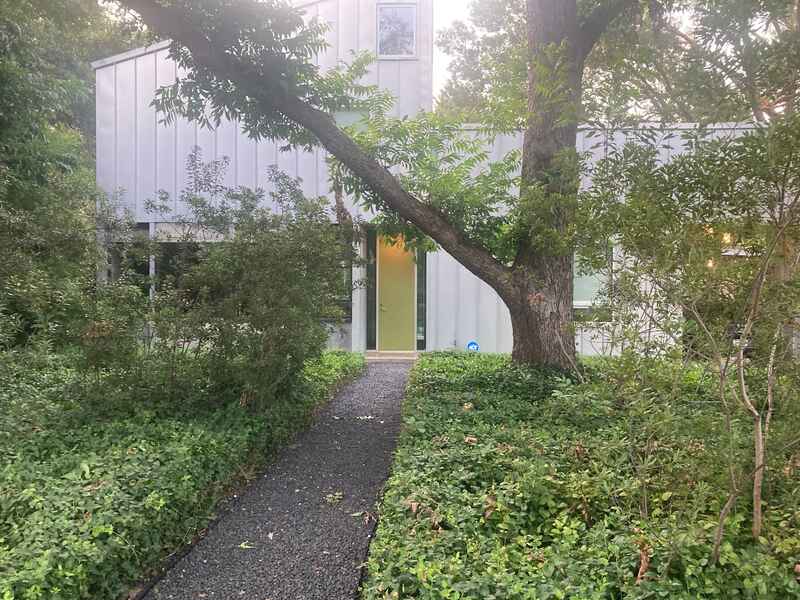
If you want a beautiful yard but don’t want to mow the grass every week or two, ground covers are a great low-maintenance landscaping option.
Ground covers are low-growing plants that form a layer of green leaves or flowers over the ground. Other benefits of ground covers? With native ground covers, you can have a pest- and drought-resistant lawn, with little water needed.
Here are a few native ground cover options for Georgetown:
- Texas sedges: Resembles turfgrass, but with no mowing needed
- Sedum: Evergreen that blooms in the summer with bright yellow flowers
- Frogfruit: This ground cover attracts small pollinators and butterflies.
7. Perennials
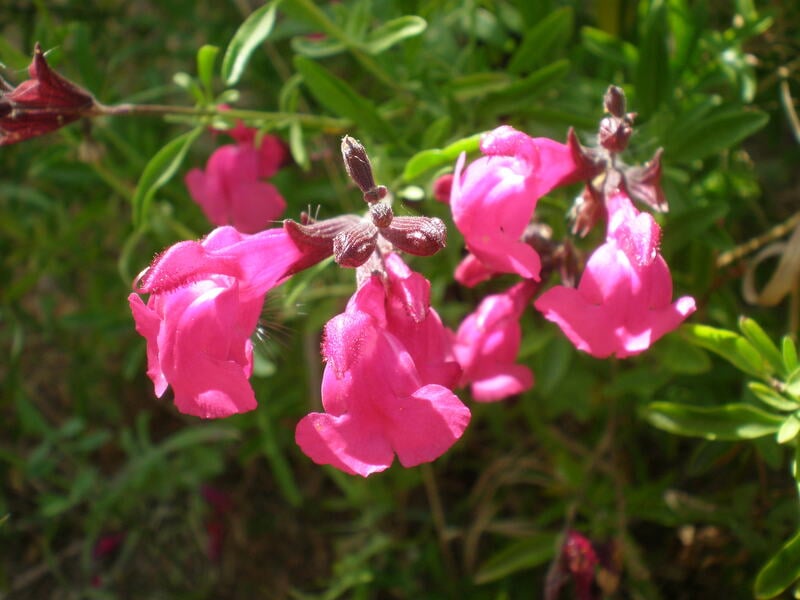
Photo Credit: Consultaplantus / Wikimedia Commons / CC BY-SA 3.0
Perennials bloom year after year without needing to replant them, making them low-maintenance. With the right care, perennials live for 3+ years, keeping your landscape beautiful with no big effort all year round.
Native perennials that resist our Central Texas dry summers include:
- Autumn sage: Autumn sage can come in a variety of colors (white, red, salmon, and purple flowers), and can grow up to 2-3 feet tall.
- Blackfoot daisy: Features a delicate white flower during summer and spring.
- Mistflower: The mistflower produces lavender-colored blooms, but spreads so fast that it can become a pest. A good tip is planting them in pots, so you won’t risk it overtaking other plants.
If you want to know more about perennial planting options, check out these recommended landscaping plants for Williamson County.
8. Rain Gardens
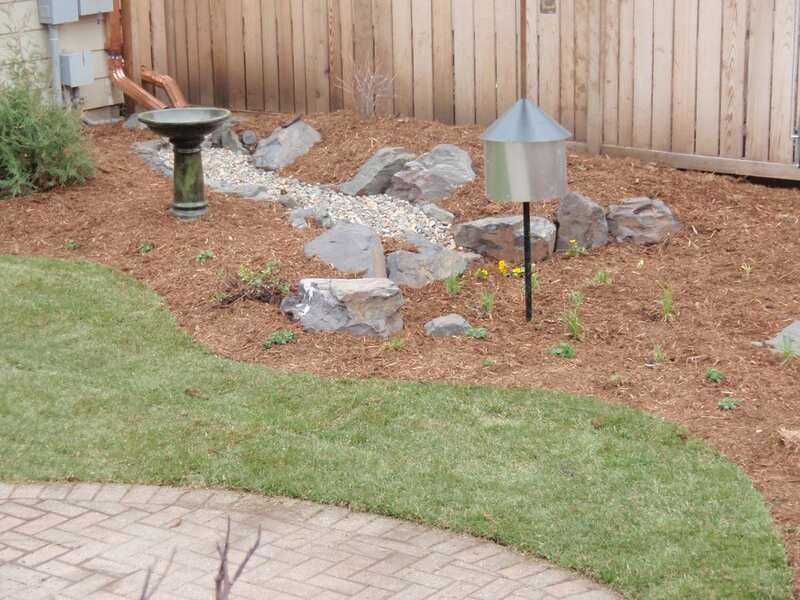
Contrary to what the name may suggest, a rain garden is not a wetland. In fact, a rain garden will remain wet only for the next 48 hours after collecting a significant amount of rainwater.
What is a rain garden? A rain garden consists of a shallow depression planted with a variety of native perennials, shrubs, and other plants.
Benefits of a rain garden include:
- Conserves water.
- Purifies the water by filtering pollutants
- Reduces soil erosion
- Helps lessen flooding by collecting runoff in the depressed garden area.
Read More: How to build a rain garden
9. Hardscaping
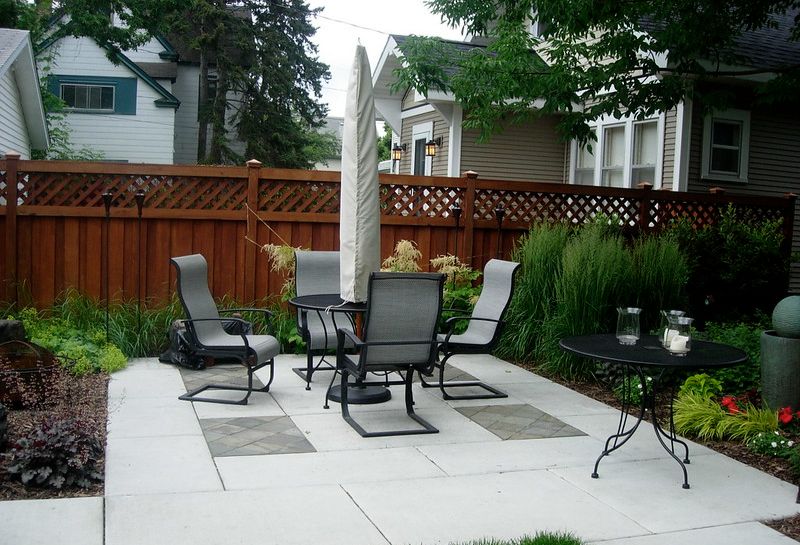
Hardscaping consists of constructing a landscape with no living elements. It could be anything such as:
Hardscapes can be a good option if you want to add function to your yard or you have an empty corner. With a hardscape design, you can increase your property’s curb appeal and even its market value.
Since there are no living elements to care for, hardscaping is as low-maintenance as it gets.
Next Steps? DIY or Hire a Local Landscaper
After reading about low-maintenance landscaping ideas, we hope you’re inspired to get started on your own DIY landscape design. In case you need help, LawnStarter connects you to the best Georgetown landscaping professionals.
Main Image Credit: The J. H. Reedy House in Georgetown, Texas. / Larry D. Moore / Wikimedia Commons / CC BY-SA 3.0